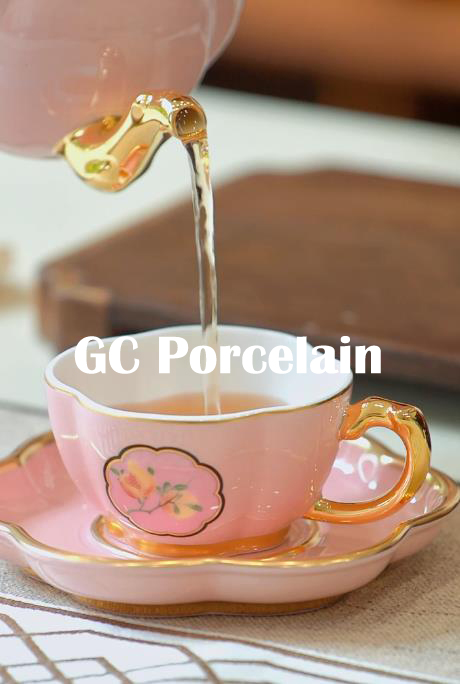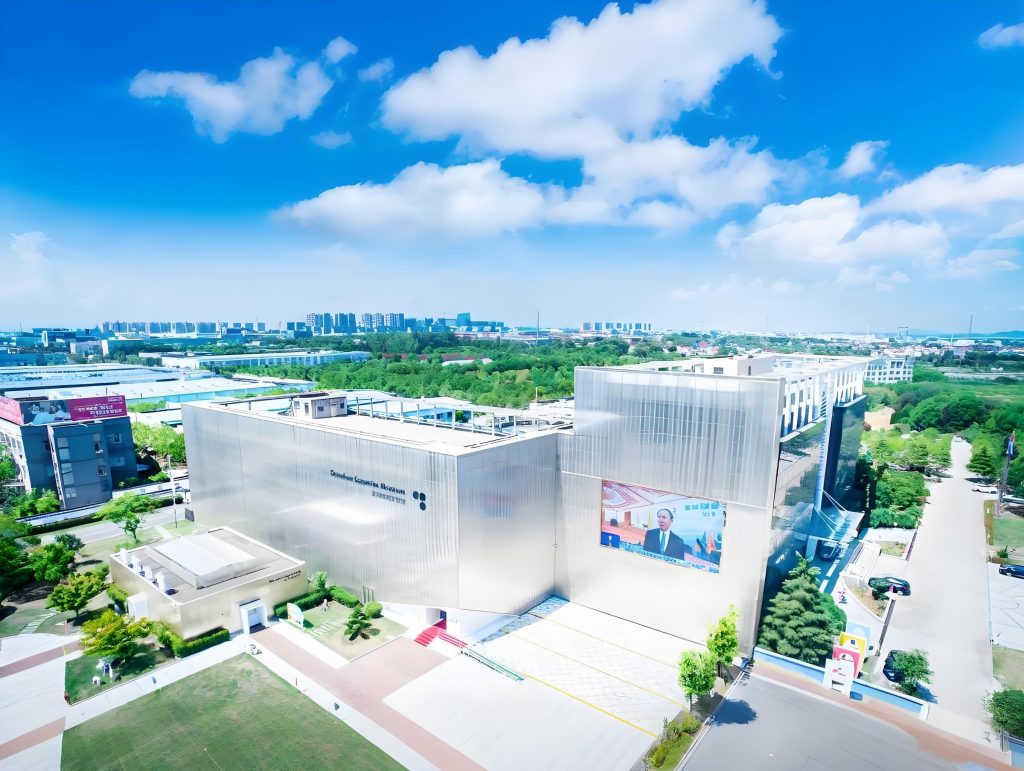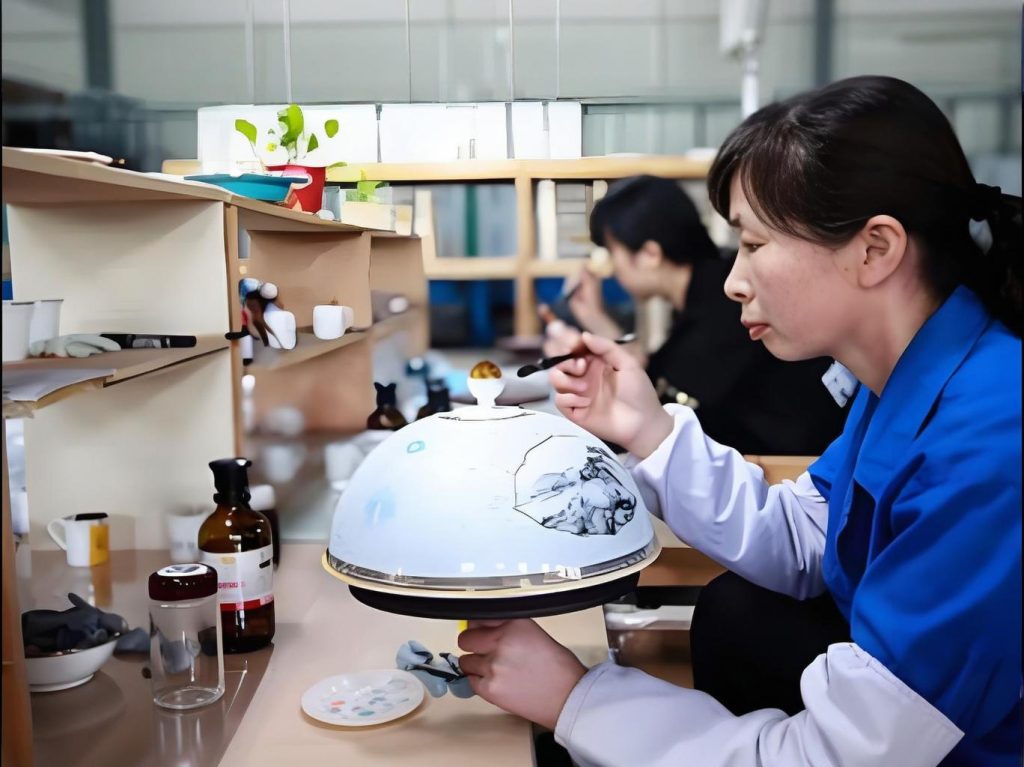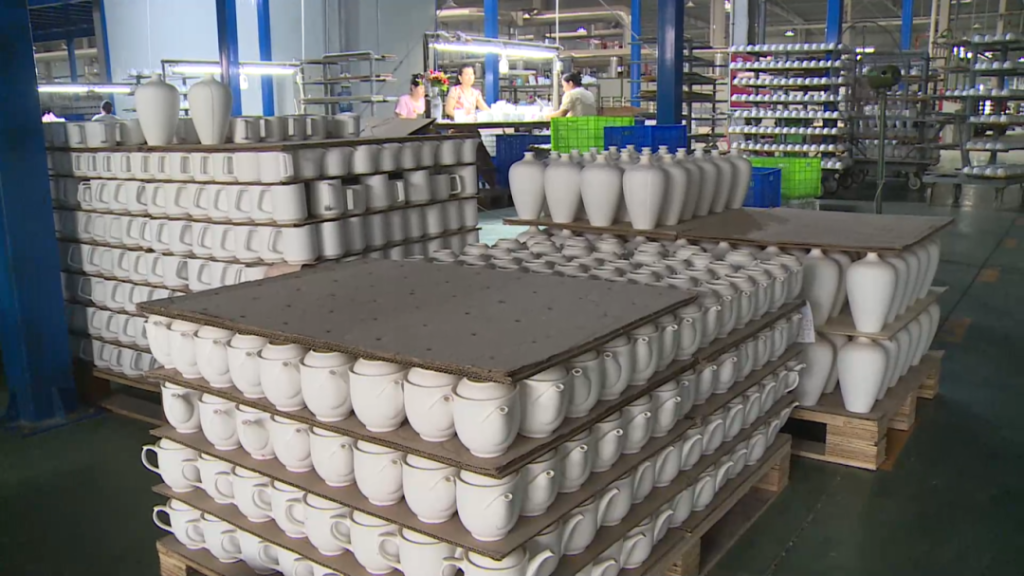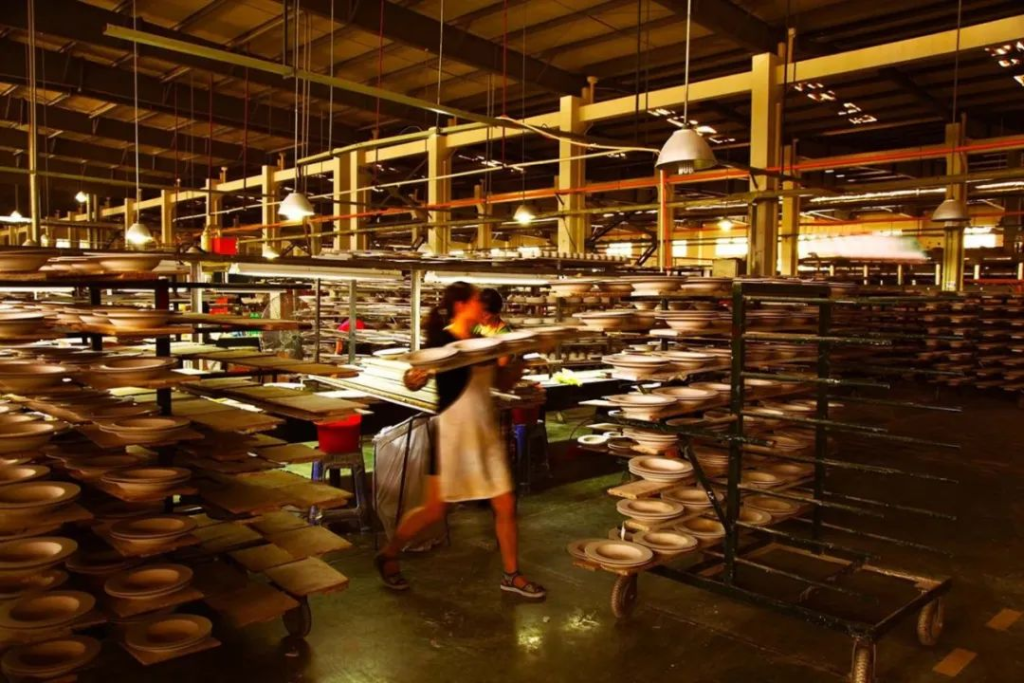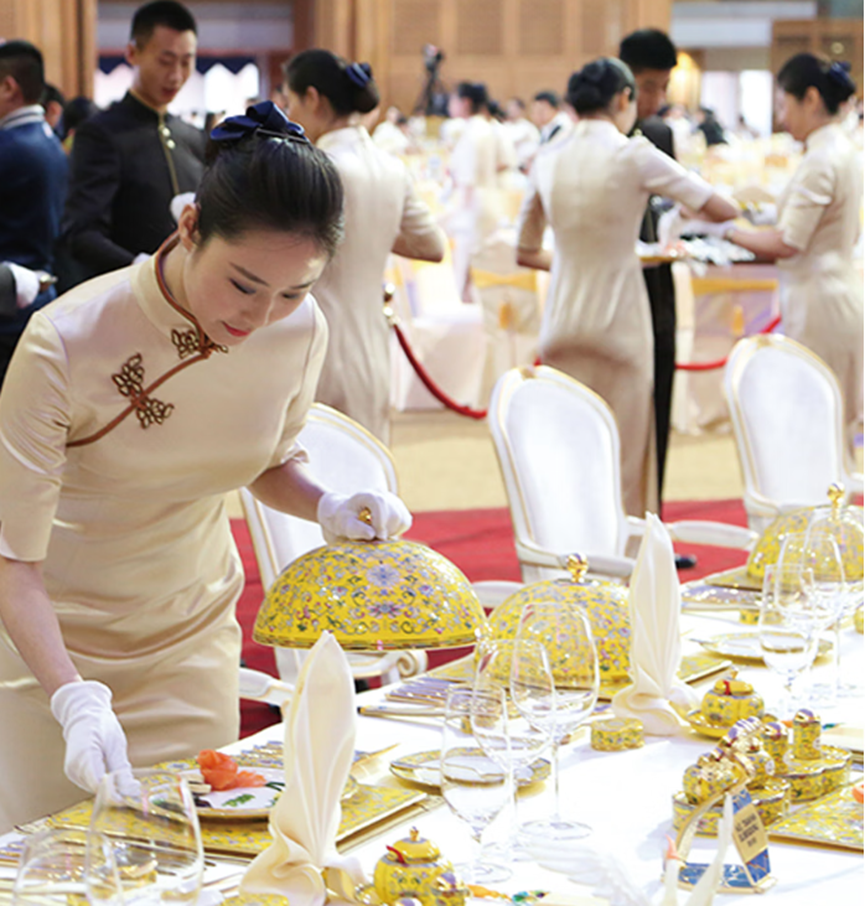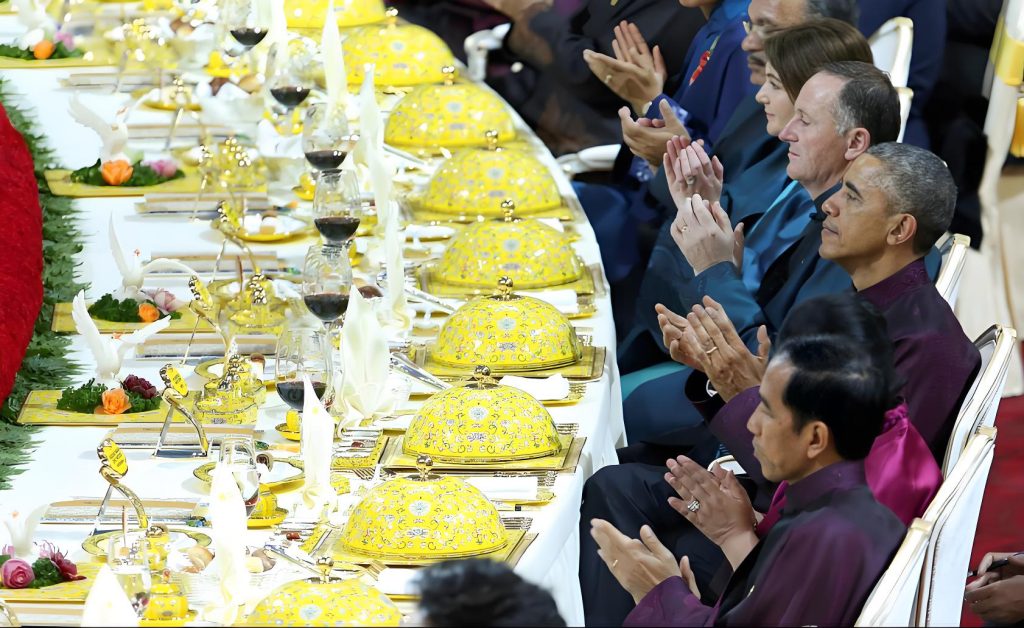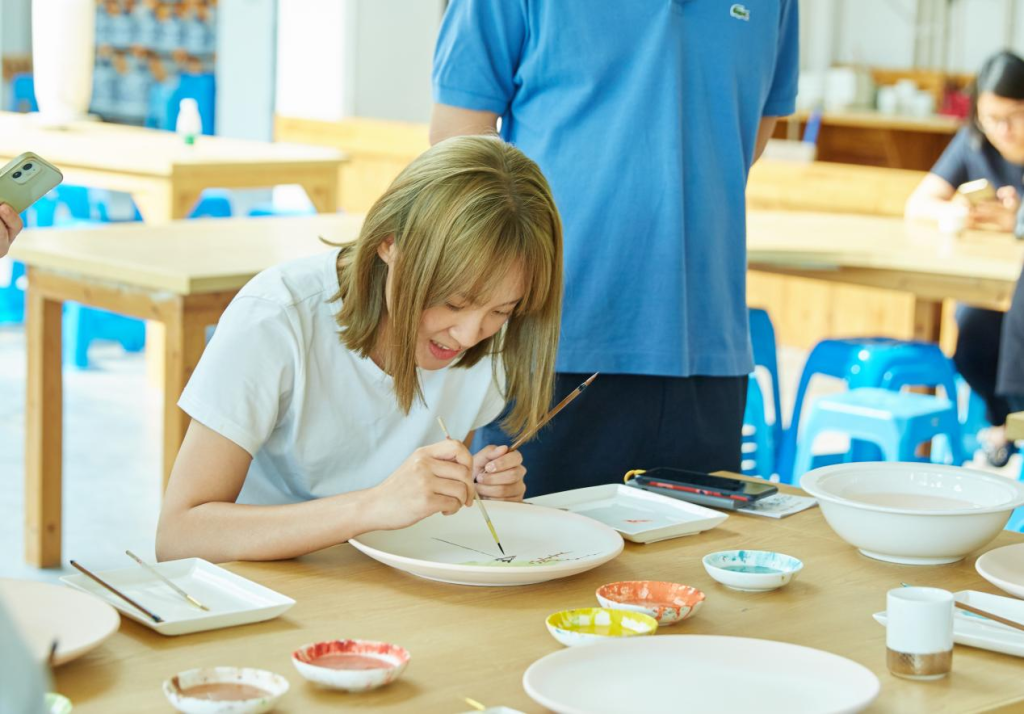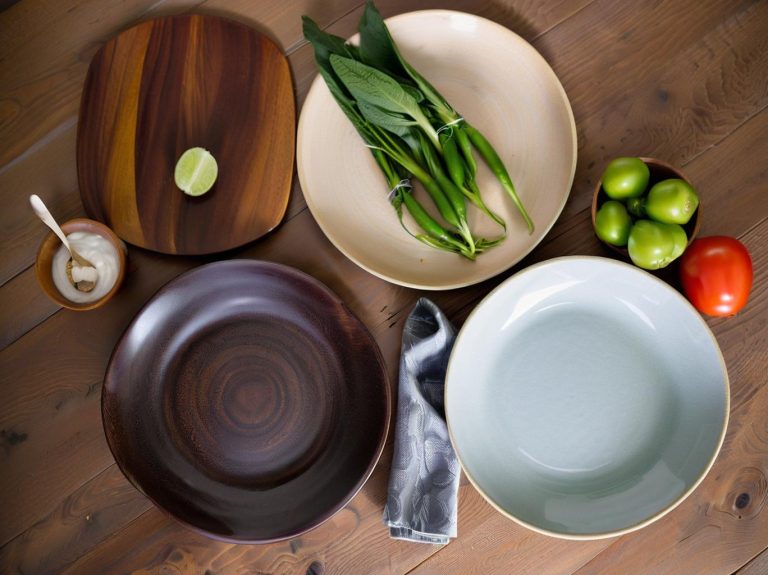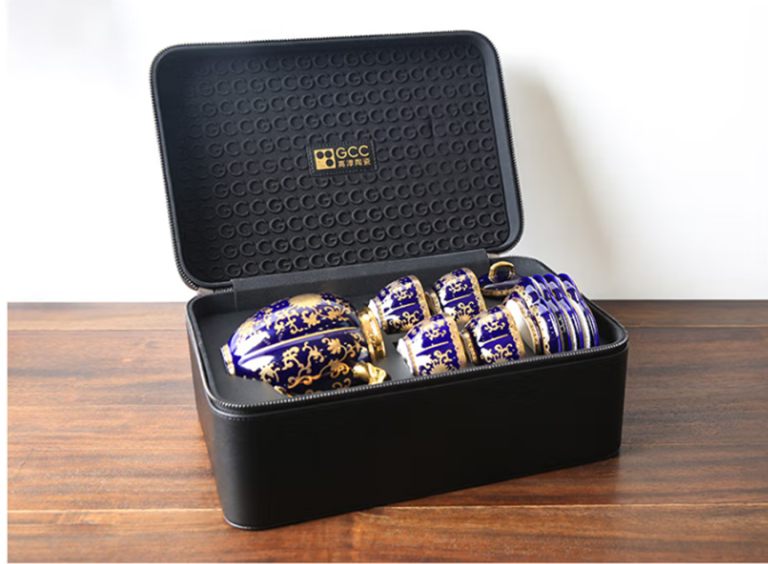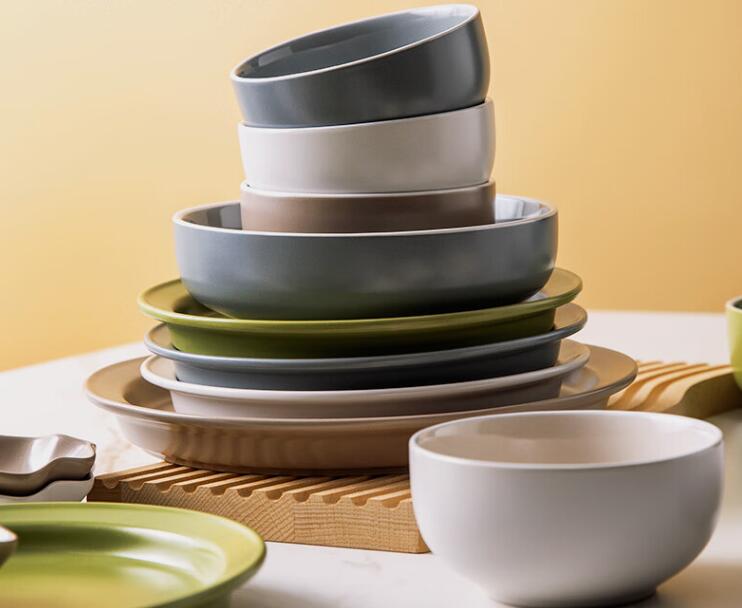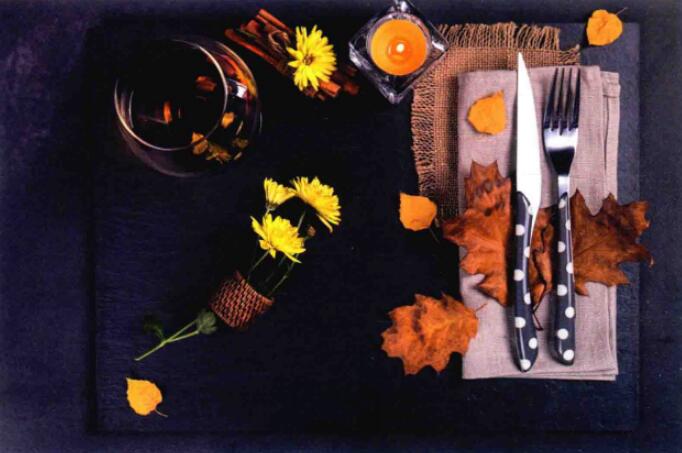Tea Art Appreciation and Identification Techniques of West Lake Longjing
Longjing, both a tea name and a species name, a place name, a temple name, and a well name, can be said to be ‘five names in one’. West Lake Longjing tea is one of the top ten famous teas in China, belonging to green tea. Its name originated in the Song Dynasty, became known in the Yuan Dynasty, rose in the Ming Dynasty, and flourished in the Qing Dynasty. It has a history of hundreds of years.
West Lake Longjing tea is a unique tea variety in Zhejiang. Its color is greenish-yellow, the shape is flat and slightly pointed, smooth and elegant, resembling a sparrow’s tongue. It is famous for its green color, beautiful shape, strong fragrance, and mellow taste. If brewed with Hupao Spring water, it is considered a unique delicacy of Hangzhou.
West Lake Longjing tea not only has excellent health benefits but also has played an important role as a bridge and link in international exchanges. It is a symbol of integrity at state banquets and tea parties. West Lake Longjing tea has now become a popular gift tea and friendship tea.
Historically, Longjing tea has different names based on its place of origin, such as ‘Lion’, ‘Dragon’, ‘Cloud’, ‘Tiger’, and ‘Plum’. Each character represents a specific production area of Longjing tea in the West Lake region, becoming the names of Longjing tea.
Among them, ‘Lion’ refers to the area around Lion Peak, including Hu Gong Temple, West Lake Longjing Village, Qipan Mountain, and Shang Tianzhu. The Longjing tea produced here is greenish-yellow, has a strong fragrance, and tastes refreshingly sour. It is a top-quality tea, ranking among the best in Longjing tea.
“Dragon” refers to Longjing tea produced in areas like Wengjia Mountain, Yangmei Ridge, Manjuelong, and Baihe Peak, with excellent quality. Among them, Longjing tea produced in Baihe Peak can rival Shifeng Longjing.
“Cloud” refers to Longjing tea produced in places such as Yunqi, Wuyun Mountain, and Langdangling West.
“Tiger” refers to Longjing tea produced in areas like Hupao, Siyanjing, Chishanbu, and Santai Mountain.
“Mei” brand Longjing tea is exquisitely crafted, with a graceful appearance, produced in Meijiawu, which is the main producing area of Longjing tea.
Regardless of the name, in 1965, the state adopted a unified acquisition standard and collectively referred to it as West Lake Longjing.
Tea Art
The best water for brewing West Lake Longjing tea is clear and bright mountain spring water, using a transparent glass cup (or a white porcelain cup). The water temperature should be around 80℃, while slightly lower quality West Lake Longjing can be brewed with 90℃ water. The amount of tea varies from person to person, generally with a tea-to-water ratio of 1:50 to 1:60. West Lake Longjing tea can be brewed using the top infusion method, the middle infusion method, or the bottom infusion method, with no fixed method.
Brewing West Lake Longjing tea is a great pleasure. High-grade West Lake Longjing tea, when brewed, shows the tea buds slowly unfolding in the hot water, the unfolded leaves looking like flags. A single bud and one leaf is called “flag and spear”; a single bud and two leaves is called “sparrow tongue.” The unfolded tea buds stand upright at the bottom of the cup, floating up and down in the clear, bright water, swaying left and right, appearing alive, like the first bloom of spring orchids, competing bamboo shoots, or dancing green elves, which is highly appreciable. Generally, after about five minutes, you can smell the fragrance, observe the color, and taste the flavor.
After brewing, the soup color of West Lake Longjing tea is apricot green, clear and bright, with tender green leaves, evenly shaped buds standing upright. Smelling it, the aroma is fresh, pure, and long-lasting, as fragrant as orchids, making people feel refreshed. Sipping it carefully, the taste is fresh and mellow, without a strong feeling, leaving a sense of harmony lingering between the teeth and cheeks for a long time, making people feel joyful and refreshed.
West Lake Longjing tea is one of the most distinctive tea varieties among green teas, suitable for tea art performances.
Performance tools: high-quality West Lake Longjing tea, clean transparent glass cups, white porcelain pot, a set of tea utensils, a tea tray, a pottery tea pool, an incense burner, a stick of incense, a tea towel, etc.
First step: Lighting incense — Burning incense to eliminate distractions, it has been a tradition since ancient times to maintain a calm mind while drinking tea.
“Burning incense to eliminate distractions” refers to creating a peaceful and relaxed atmosphere by lighting a stick of incense, achieving the purpose of dispelling distractions and calming the mind. This is particularly important when tasting West Lake Longjing tea.
Second step: Washing the cup — Cleaning the cup to remove dust.
The utensils used for brewing tea must be clean. “Cleaning the cup to remove dust” means rinsing the already clean glass cup with boiling water in front of the guests as a sign of respect.
Third step: Cooling the water — Preparing the water properly.
The water temperature for brewing West Lake Longjing tea should be around 80℃. “Preparing the water properly” means pouring boiling water into a porcelain pot first, allowing it to cool down to about 80℃ before using it to brew the tea.
Fourth step: Adding the tea — Welcoming the tea.
Su Dongpo once wrote, “A little poem for you, do not laugh, fine tea is like a beauty.” “Welcoming the tea” means slowly adding the tea leaves into the clean glass cup using a tea spoon.
Fifth step: Moistening the tea — Moistening the tea leaves.
“Moistening the tea leaves” means adding a small amount of hot water to the cup to moisten the tea leaves.
Sixth step: Pouring water — Three bows of the phoenix.
Brewing West Lake Longjing tea also emphasizes pouring the water from a height. “Three bows of the phoenix” means the water pot rises and falls three times during pouring, symbolizing the phoenix bowing to the guests three times.
Seventh step: Brewing the tea — Jade sinking in clear water.
“Jade sinking in clear water” means after adding water, the West Lake Longjing tea absorbs the water, slowly unfolds, and sinks to the bottom of the cup.
Eighth step: Serving the tea — Guanyin offering five bottles.
“Guanyin offering five bottles” is when the tea artist serves tea to the guests, wishing them peace and safety.
Ninth step: Appreciating the tea — Spring waves displaying flag and spear.
“Spring waves displaying flag and spear” means appreciating the appearance of West Lake Longjing tea in the water.
Tenth step: Smelling the tea — Understanding the fragrance with a wise heart.
“Understanding the fragrance with a wise heart” means appreciating the pure and mellow fragrance of West Lake Longjing tea.
Eleventh step: Tasting the tea — Savoring the true flavor in simplicity.
“Savoring the true flavor in simplicity” means carefully tasting the harmonious flavor of West Lake Longjing tea, allowing its “true flavor” to enlighten our minds and deepen our understanding of life.
Twelfth step: Thanking the tea — Endless joy in self-serving.
“Endless joy in self-serving” means after tasting the first brew, guests are invited to serve themselves, experiencing the joy of tea and life through hands-on involvement.”
| Tips | Source |
|---|---|
| West Lake Dragon Well tea, also known as Xi Hu Long Jing, originates from the West Lake region in Hangzhou, Zhejiang province. | Wikipedia |
| The tea is renowned for its high quality and has been granted the status of Gong Cha, or imperial tea, by Emperor Qianlong during the Qing dynasty. | Wikipedia |
| Authentic West Lake Longjing tea is handpicked and pan-fired, resulting in a flat, spear-like leaf shape. | Chineseteapedia |
| Longjing tea leaves are typically plucked during early spring when the tea plants are at their peak. | Chinaler |
| West Lake Dragon Well tea is traditionally brewed using water at 85-95°C to preserve its delicate flavors. | Chineseteapedia |
| The tea has a unique sweet and mellow taste with a hint of roasted chestnut and butter. | Wikipedia |
| West Lake Longjing tea is known for its health benefits, including antioxidant properties and potential cancer-fighting effects. | Chinaler |
| The most prized varieties of Longjing tea come from the West Lake area, specifically Shi Feng and Longjing Village. | Enjoy Our Tea |
| The tea’s cultivation involves meticulous care on small family-run farms in the West Lake region. | Chinaler |
| West Lake Longjing tea has been enjoyed since the Tang dynasty and was documented in the first-ever tea treatise, “The Classic of Tea,” by Lu Yu. | Rosie Loves Tea |
Manufacture
The picking of West Lake Longjing tea is very particular, with different standards for different seasons. In spring, the standard is usually one bud and one leaf. Before and after Qingming, the raw materials for special and high-grade West Lake Longjing tea are picked. From before Grain Rain to before the Beginning of Summer, the standard is one bud with one or two leaves or young paired one or two leaves, which are the raw materials for high and medium-grade tea. In summer and autumn, the standard is one bud with one or two leaves or one bud with two or three leaves.
The freshly picked leaves go through several processes including spreading, frying in a green pan, re-moistening, re-frying, sieving, dusting, and storage to become the final product. Spreading involves piling the freshly picked tea leaves in a cool place to remove most of the residual rigidity in the leaves. Frying in a green pan means putting the spread leaves into a pan and frying them by hand to achieve preliminary shaping. Re-moistening involves placing the fried leaves in a cool place to let them naturally regain moisture. Re-frying means putting the re-moistened leaves back into the pan to fry them dry, polish them, and complete the shaping. Sieving uses a sieve to separate the tea leaves to ensure uniform size in the finished product. Dusting involves putting the larger leaves back into the pan to straighten them. Finally, the finished tea is placed in cloth bags and stored in jars with lime used as a desiccant.
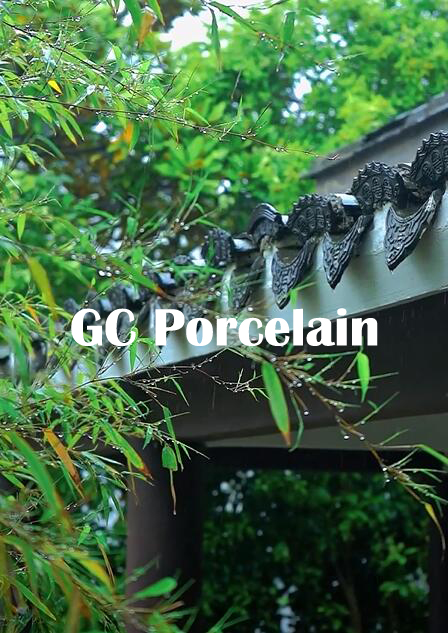
Identification of Authenticity
West Lake Longjing tea is expensive, so be sure to check its authenticity when purchasing. Here are some suggestions to avoid being deceived.
Suggestion 1: Try to buy from specialty stores that specialize in West Lake Longjing tea.
Suggestion 2: Identify whether the anti-counterfeiting label is standardized. In specialty stores, the identification device can read information contained in the anti-counterfeiting label, such as product name, quality grade, place of origin, price, company name, etc. If you buy West Lake Longjing tea through other channels, the method to identify whether the tea is authentic is to check whether the anti-counterfeiting place of origin label is affixed to the packaging bag and whether the number of labels matches the weight of the tea purchased.
Suggestion 3: Recognize the place of origin protection mark. The place of origin protection mark for “West Lake Longjing” is an oval-shaped colored picture. The upper part of the picture is printed with the words “People’s Republic of China Place of Origin Product” in Chinese, the center has a map of China, and the lower part is a framework enclosed by the Great Wall with the English words “People’s Republic of China Place of Origin Product”.
Suggestion 4: Identify authenticity based on the characteristics of West Lake Longjing tea.
Suggestion 5: If any doubts arise, immediately consult the relevant technical supervision departments.
If you have any questions or need to custom dinnerware service, please contact our Email:info@gcporcelain.com for the most thoughtful support!

